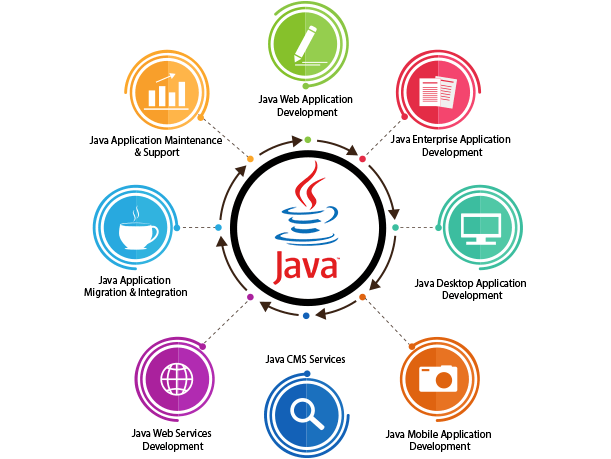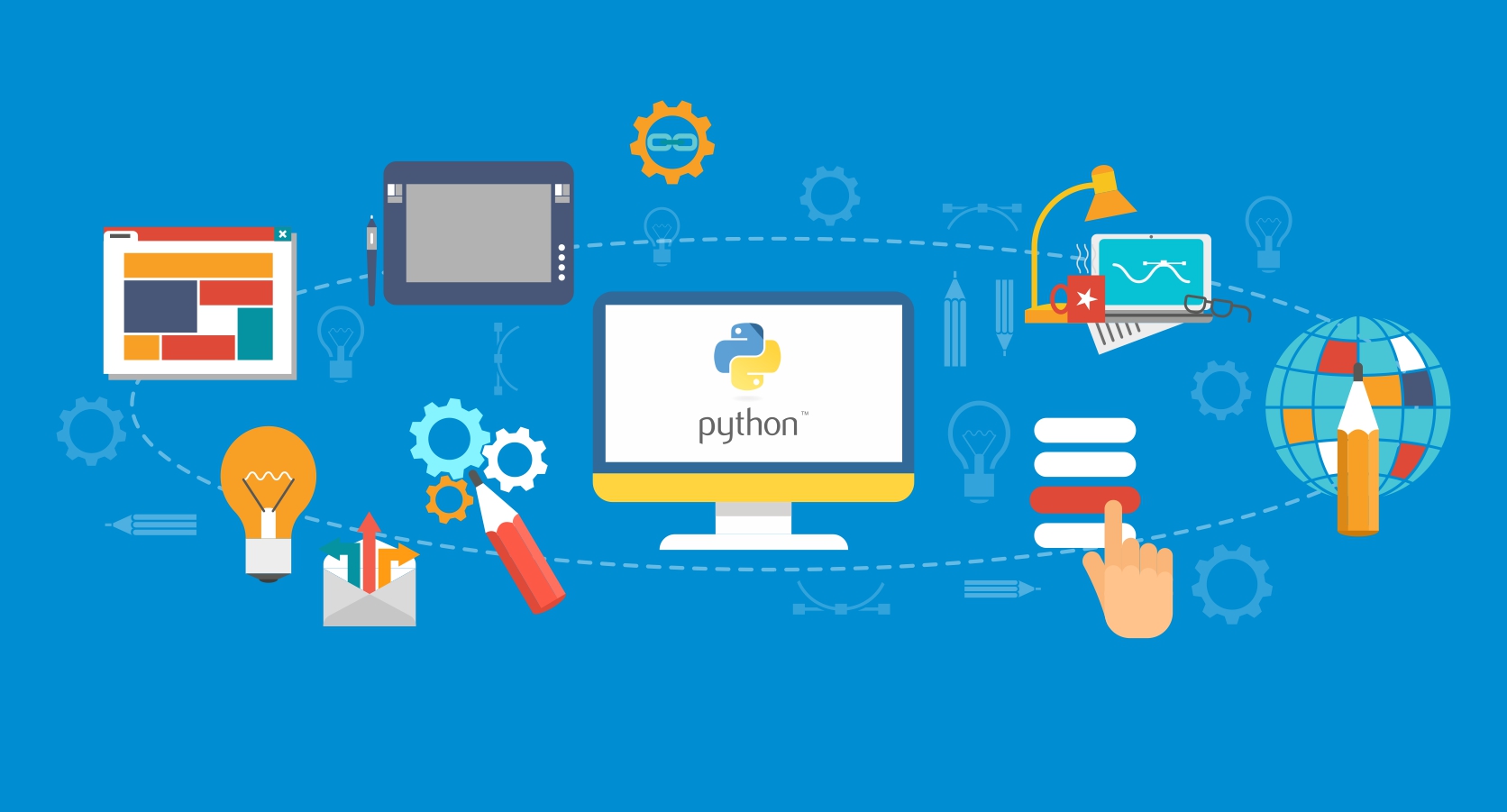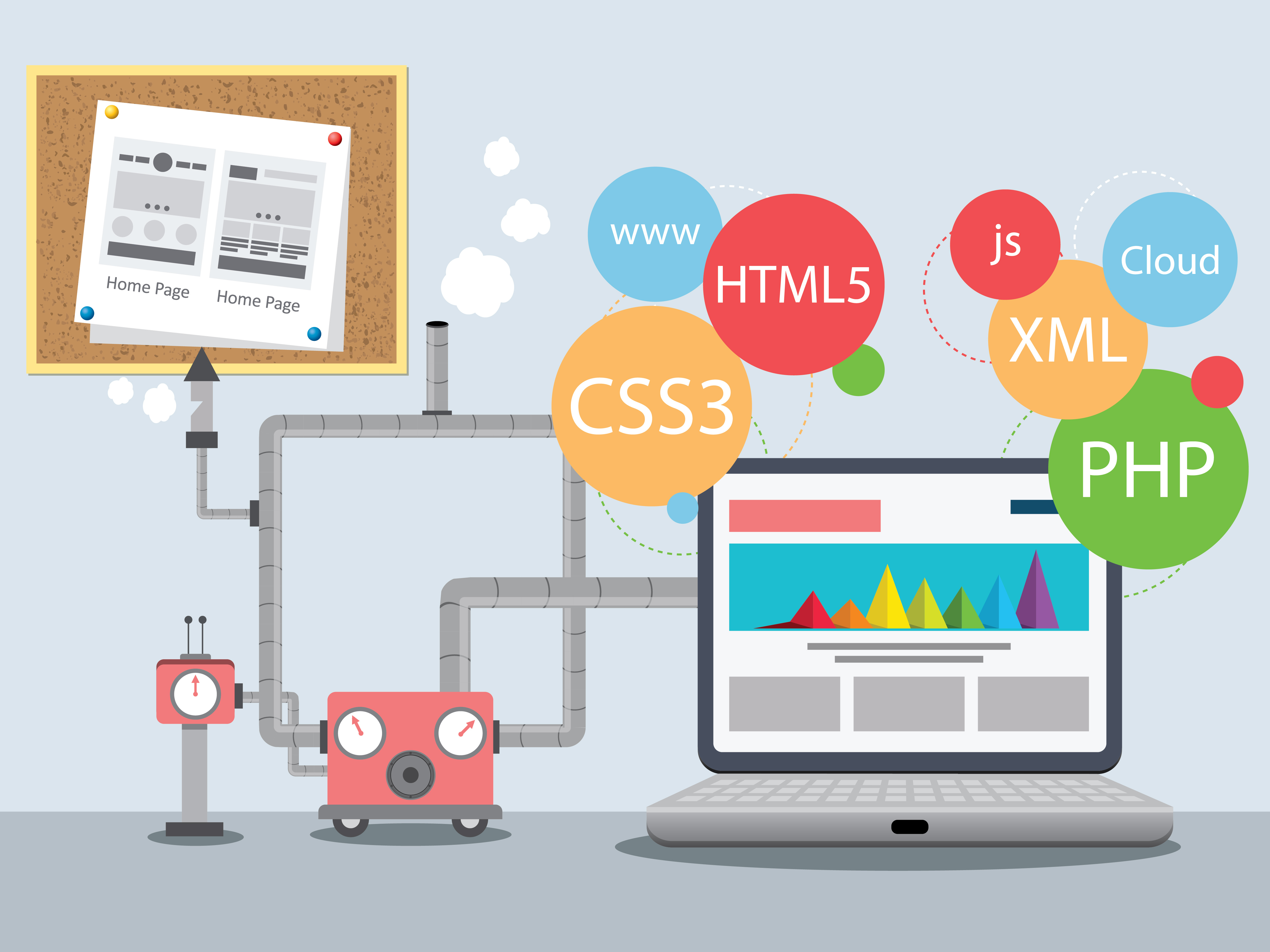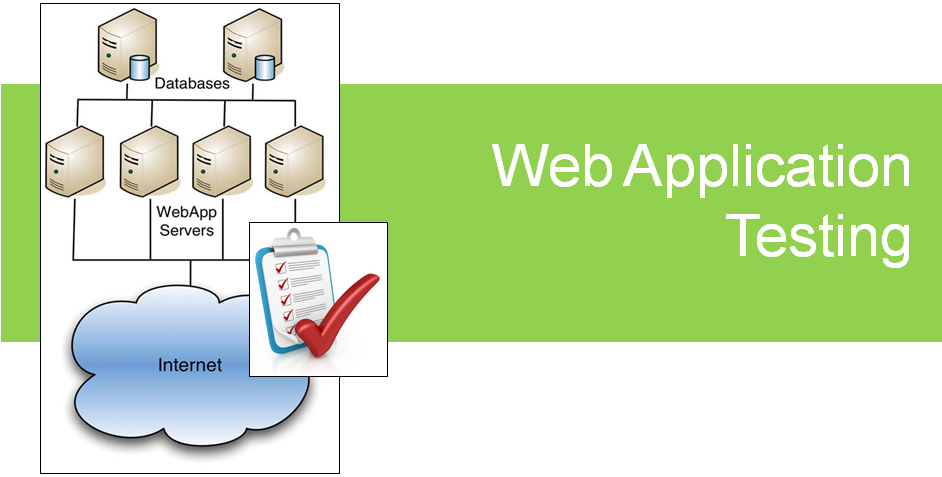Java Web Development
Java web development creates applications and websites using static and dynamic resources. The static resource refers to HTML pages with images, and a dynamic resource refers to classes, jars, Servlet, and JSP. Java web development uses several packages, files, and online links. Java web development requires web archive files known as a WAR file
Python Web Application Development
We use Python to develop high-quality web applications and software using various technologies. Our Python developers have extensive experience in Django, Flask, Pyramid, and other frameworks. We have also worked on projects that use the Pyramid framework to build REST APIs.
Angular Development
Scalability, maintainability, and versatility are crucial in developing high-performing solutions, giving companies a competitive advantage they need. Angular is a front-end framework that’s being used by the world’s top companies to create user interfaces.
Software Testing
Software testing is the process of evaluating and verifying that a software product or application does what it is supposed to do. The benefits of testing include preventing bugs, reducing development costs and improving performance.

We’ve always known that, despite our codes doing all the heavy lifting behind the scenes, it takes a human touch to really drive home success. After all, glitches happen. Discover why we support success the way we do.
IP Tech System Pvt. Ltd. are an web/app development company focussed on challenging the boundaries of user-centered design.
Features

Project Planning
Project planning alludes to deciding the general objectives and goals of the web development project. This is the most significant step in the whole project. Therefore, it is besides separated into the accompanying five sections.
Requirement assessment alludes to discovering the exact requirements of the website. This incorporates deciding the target group, website objectives, particular highlights, and other comparative data about the site.
The project summary summarizes the website’s requirements. The report is typically compact and fills in as a reference point all through the web development process.
The project planning step additionally characterizes the software and other resource requirements for the website project. In this sequence, any outsider media wants is exceptional. The entirety of the resource requirements adds to the budget of the project.

Determining Project Scope
The following step of the design procedure incorporates deciding the project scope.
Making a well-characterized project’s scope will help guarantee that the website project
finishes on time and within the predetermined budget.
Probably the ideal approach to outline the scope of the project is through a Gantt chart.
A Gantt chart offers a visual reference for the project.
The chart shows exercises associated with the project.
It additionally indicates the timeframe for the finishing of each step.
Thus, it helps in determining the scope of the project.
Also, it additionally makes accountability between the website design groups.

Website Design
The website development group takes singular elements of the website and utilizations them to make a functional website. The step includes building up a home page, after which a “shell” is made for the interior pages. The shell contains a navigational structure and site layout without the web content. When the website proprietor gives the content, it is dispersed throughout the predefined areas. On the technical side, the website development process incorporates elements such as designing intuitive contact structures, actualizing payment portals, and picking a CMS (content management system), such as WordPress, Joomla, and Magento.

Java Web Development
Java web development creates a server-side website and web application. The majority of Java web apps do not execute on the server directly. A web container on the server hosts Java web applications. For Java web applications, the container acts as a runtime environment. What the Java Virtual Machine is for locally running Java applications, the container is for Java web applications. JVM is used to run the container itself.

Python Web Development
Python is one of the widely used languages to build web applications. You can use it to perform several tasks; you can even do Web Development by using Python. You can use Python to build web apps in several ways, such as for server-side web apps, RESTful web APIs, etc. As there are so many ways that you can use Python to build web applications, it can be a bit difficult and overwhelming to get started. Hence, in this blog, we will, first, discuss Web Development and then move on to understanding how to use Python for Web Development.

Web Development
The website development group takes singular elements of the website and utilizations them to make a functional website. The step includes building up a home page, after which a “shell” is made for the interior pages.
The shell contains a navigational structure and site layout without the web content. When the website proprietor gives the content, it is dispersed throughout the predefined areas.
On the technical side, the website development process incorporates elements such as designing intuitive contact structures, actualizing payment portals, and picking a CMS (content management system), such as WordPress, Joomla, and Magento.

Services Testing in java and Python
Java testing provides thorough and functioning test cases that can test every aspect of your application. A JUnit test case is exactly what it sounds like: a test scenario measuring functionality across a set of actions or conditions to verify the expected result. JUnit is a simple framework to write repeatable tests.
Unit testing is a technique in which particular module is tested to check by developer himself whether there are any errors. The primary focus of unit testing is test an individual unit of system to analyze, detect, and fix the errors.
